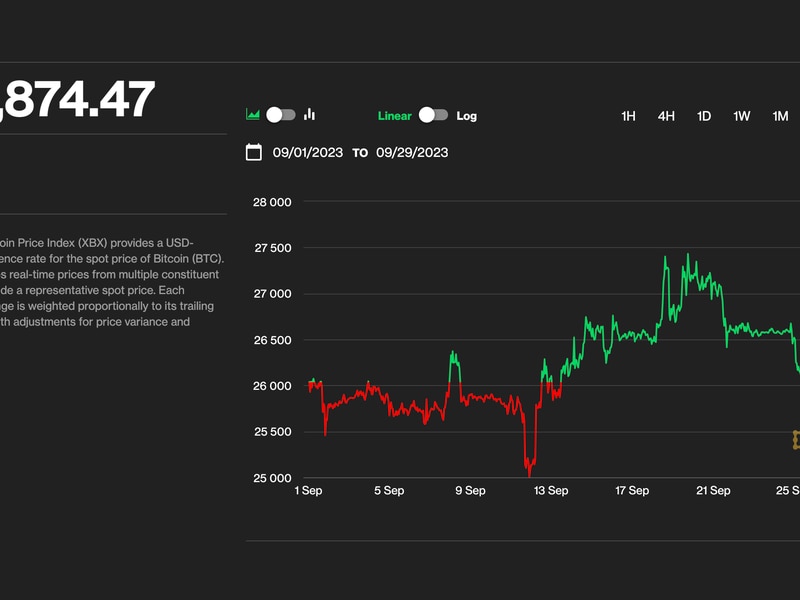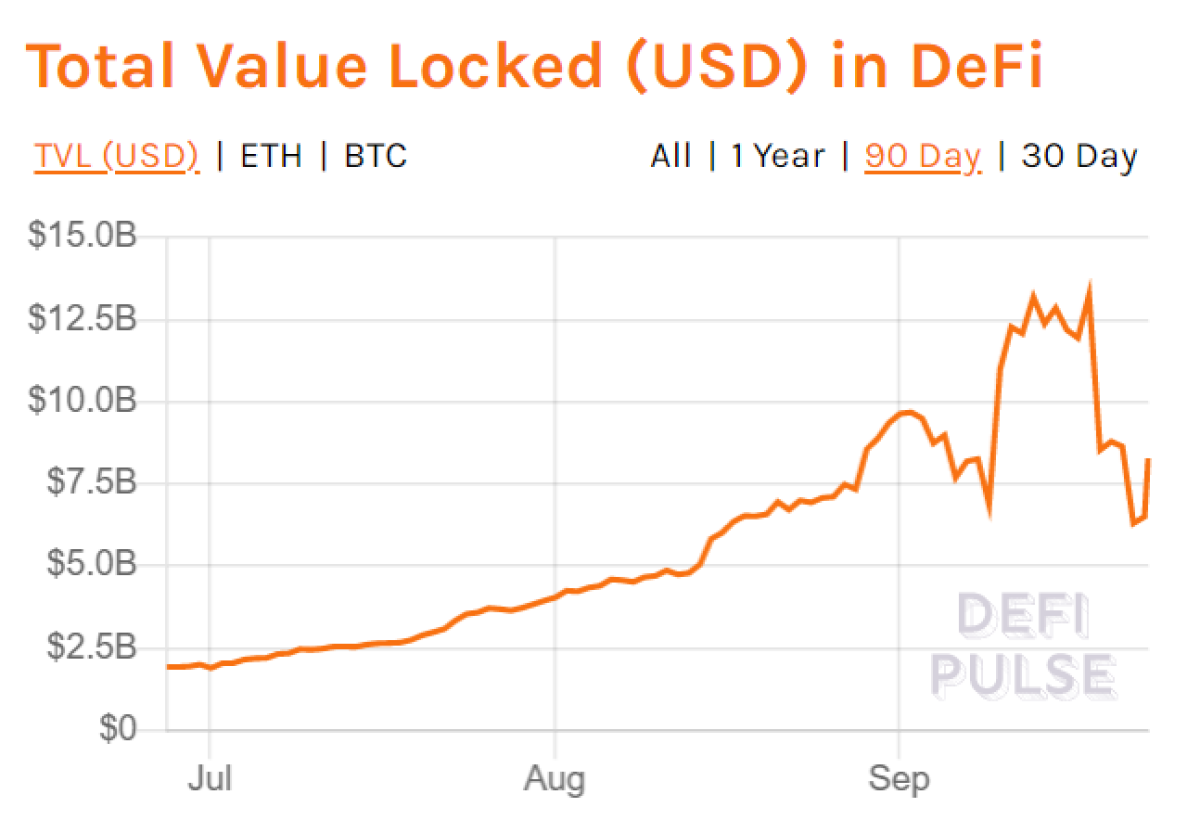Mutiny’s New Browser-Based Bitcoin Wallet on Lightning Avoids App Store Restrictions
Mutiny, a Bitcoin wallet startup, released on Thursday a beta version of what it says is the first self-custodial Lightning wallet that runs on the web.
The wallet is browser-based, which avoids restrictions that might be placed on wallets distributed through app stores run by Apple or Google.
Apple has reportedly censored bitcoin-focused products like the decentralized social media app Damus. That app’s developer was forced to remove a bitcoin tipping feature that Apple ultimately considered a prohibited form of payment for digital content. Two of Mutiny’s founders later released a workaround for the Damus feature, known as Zapple Pay, that relies on emojis to trigger tips.
Mutiny CEO Tony Giorgio says creating a web-based wallet allows for unrestricted innovation and is the quality that sets the product apart from the competition.
“Our main difference compared to other Lightning wallets like Phoenix and Muun is that our wallet is a progressive web app (PWA),” Giorgio told CoinDesk. “So we can ship and push updates that are not restricted to the limitations of the Apple or Google store platforms.”
One example of that innovation is what Mutiny calls just-in-time channels, which is a feature that alleviates the burden of managing channel liquidity – the ability to send and receive funds on Lightning, Bitcoin’s second layer payment network for cheaper and faster transactions.
Many experts agree that liquidity management is Lightning’s Achilles’ heel. Last month, Bitcoin developer and researcher Burak Keceli told CoinDesk, “Lightning has many problems. But number one to me is the inbound liquidity problem.”
Another notable feature is Mutiny’s social tipping capability via the Nostr Wallet Connect (NWC) protocol. This allows the wallet to easily integrate with Nostr apps like Damus to enable tips, also known as “zaps.” The functionality can be extended beyond tipping to facilitate payment for subscription-based products and services. Nostr is an acronym for “notes and other stuff transmitted by relays.”
Last week’s launch of Zapple Pay by Mutiny Chief Technology Officer Ben Carman and Chief Product Officer Paul Miller relied on a clever way to enable zaps via emojis.
The launch came after Apple threatened to remove Damus from its App Store for allowing users to tip each other on content posted in the app – a prohibited practice the tech giant reportedly considers equivalent to selling digital media.
Since Zapple Pay enables zaps via emojis and emojis are allowed on posts, Damus users can still tip on posts, despite Apple’s restrictions.
Miller says Zapple Pay runs on NWC and that it acted as a testing ground for the new Mutiny wallet’s social tipping feature.
“We have a lot of NWC stuff built-in,” Miller explained. “Ben and I thought Zapple Pay would be a fun way to test it out.”
The company emphasized that the new wallet is still in beta mode, meaning there may still be bugs to fix.
“Some lesser-known bugs exist, but we generally want to exercise caution when using this wallet for now,” the company states on its blog. “Test the wallet, let us know how it is, and I promise we will surprise you with how fast we fix your bugs and ship new features.”
Edited by Bradley Keoun.









